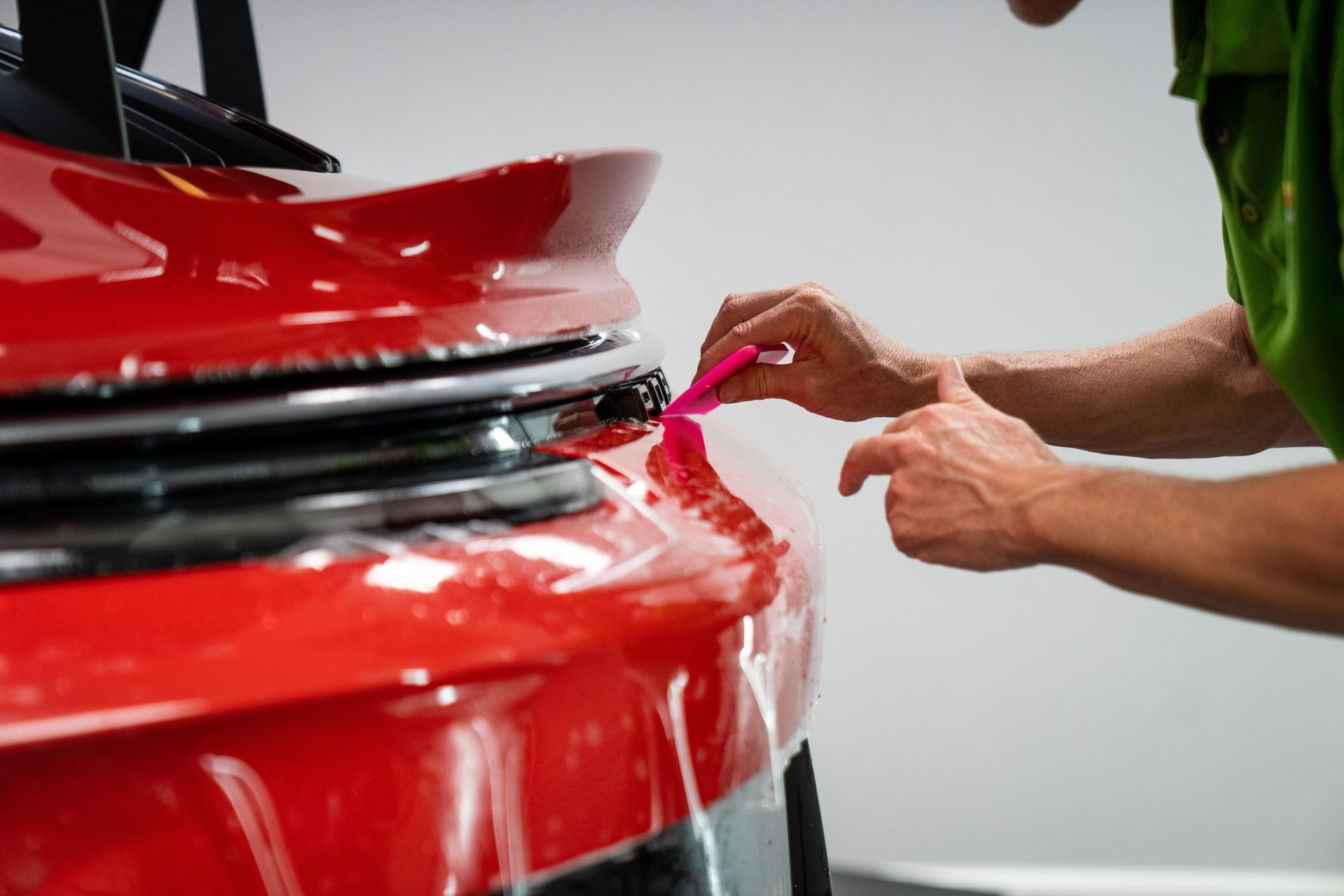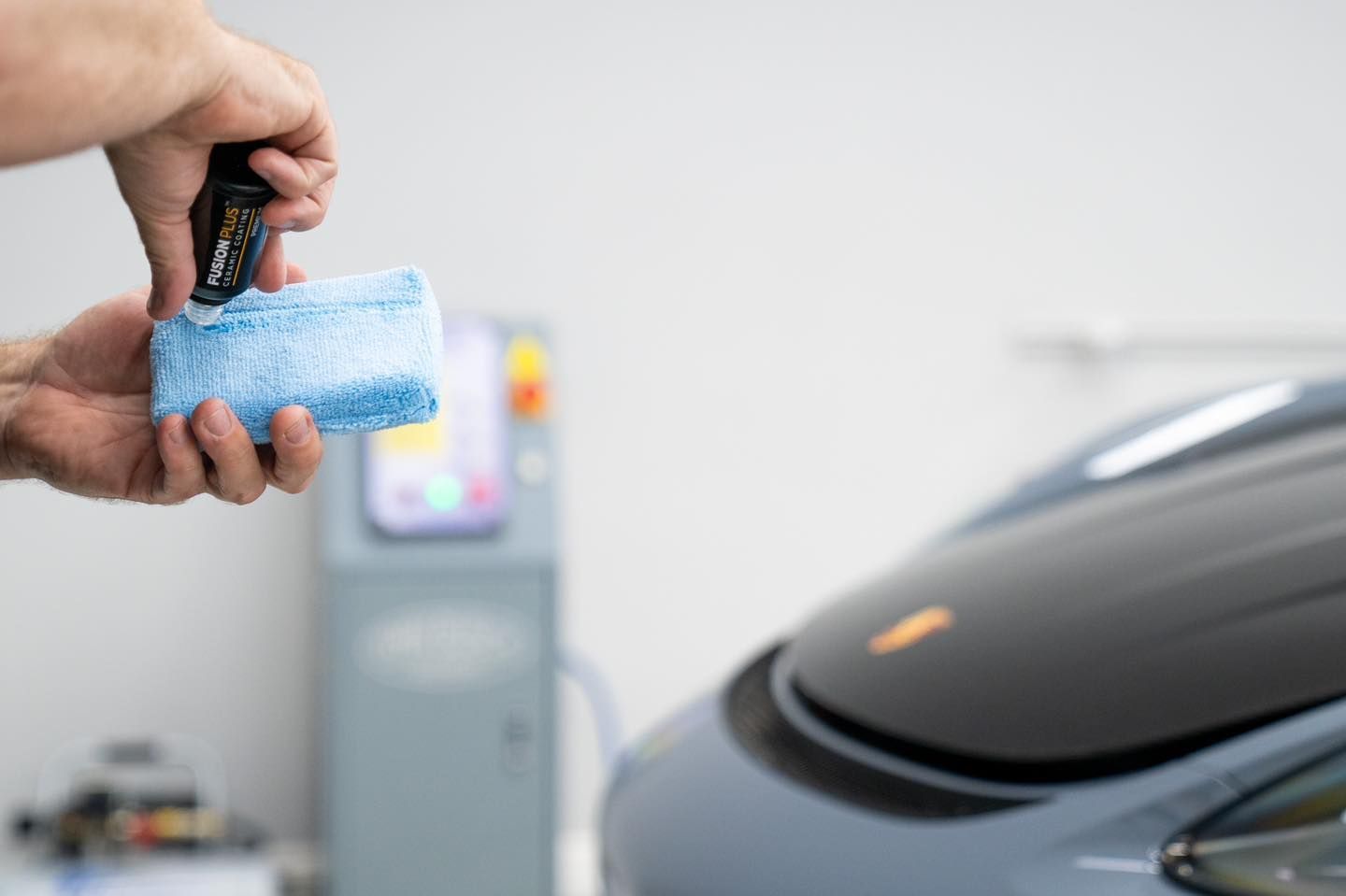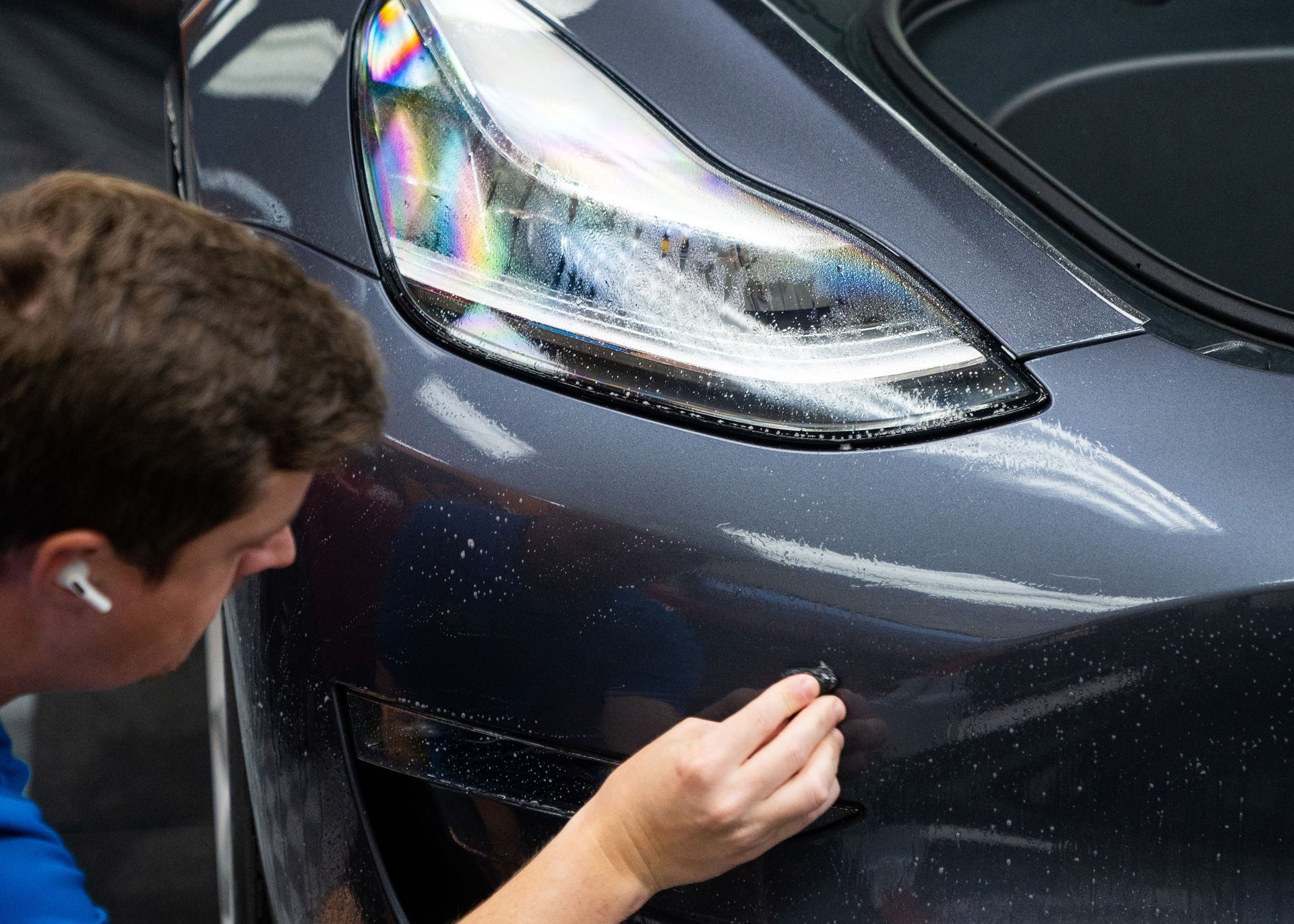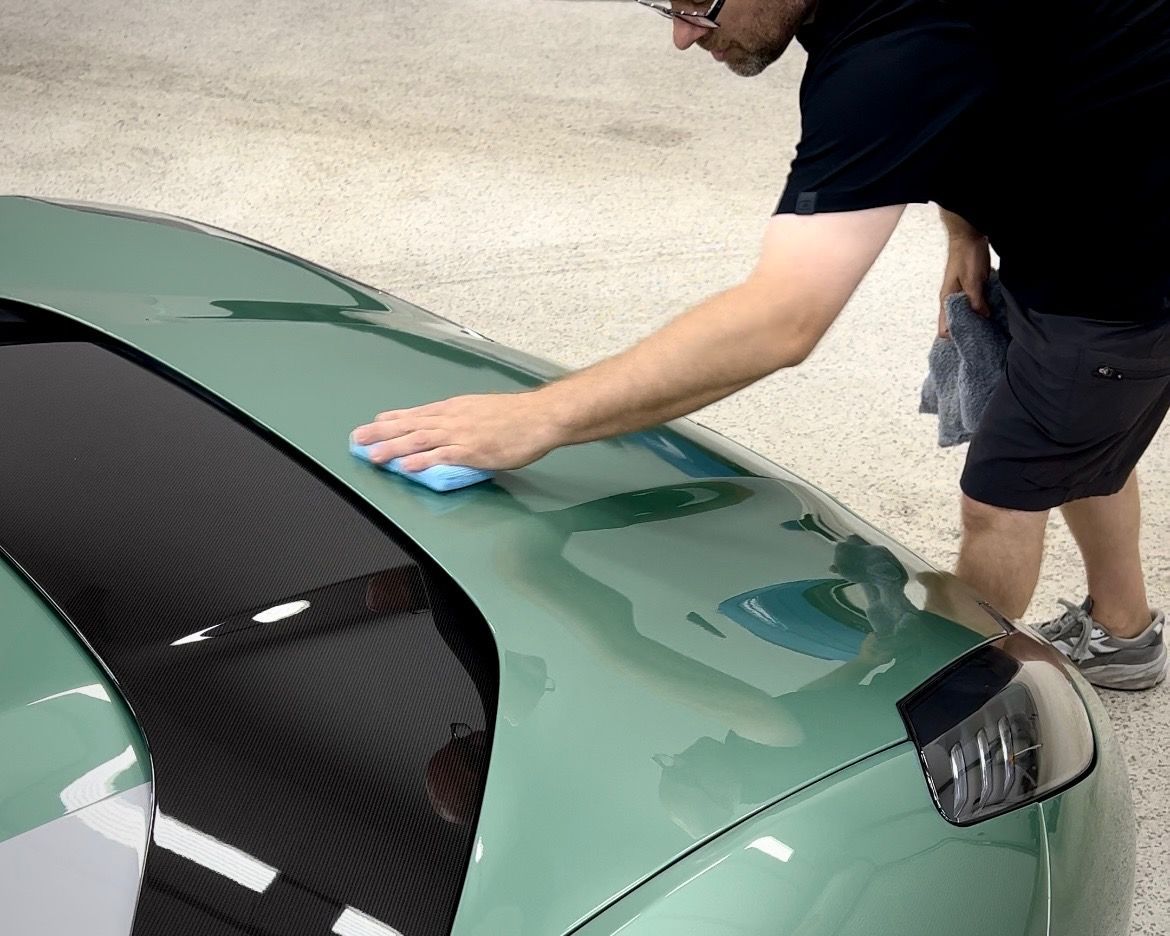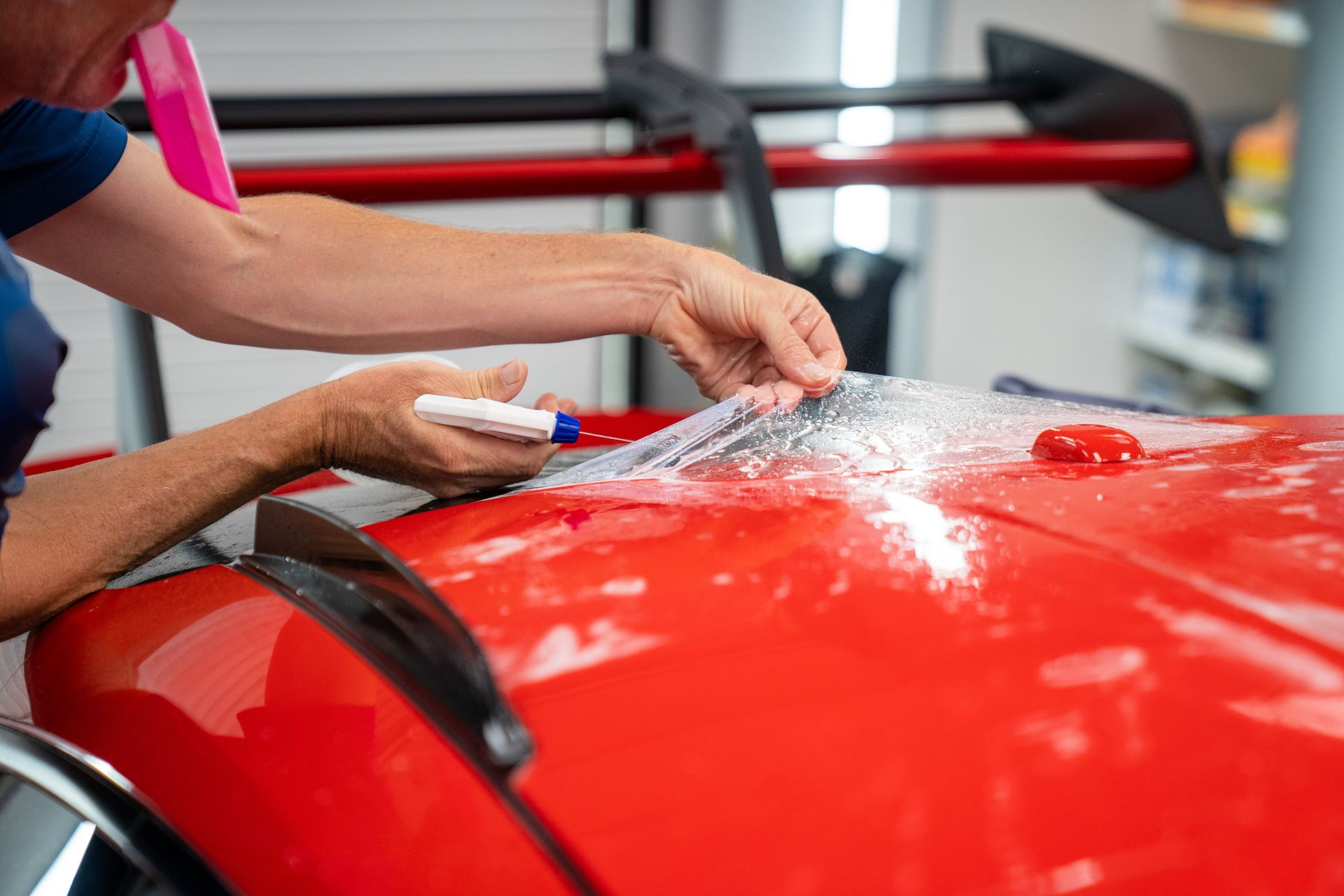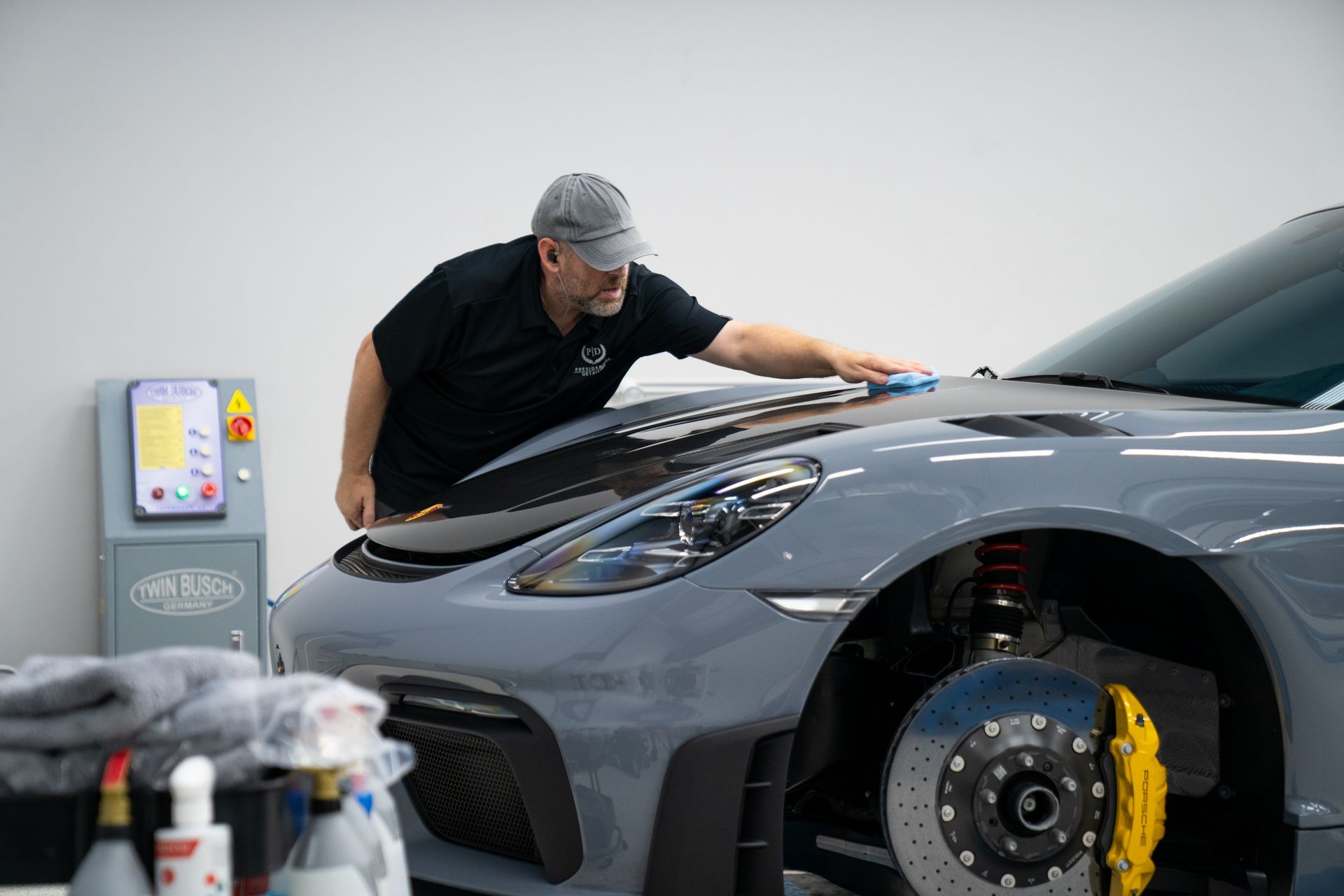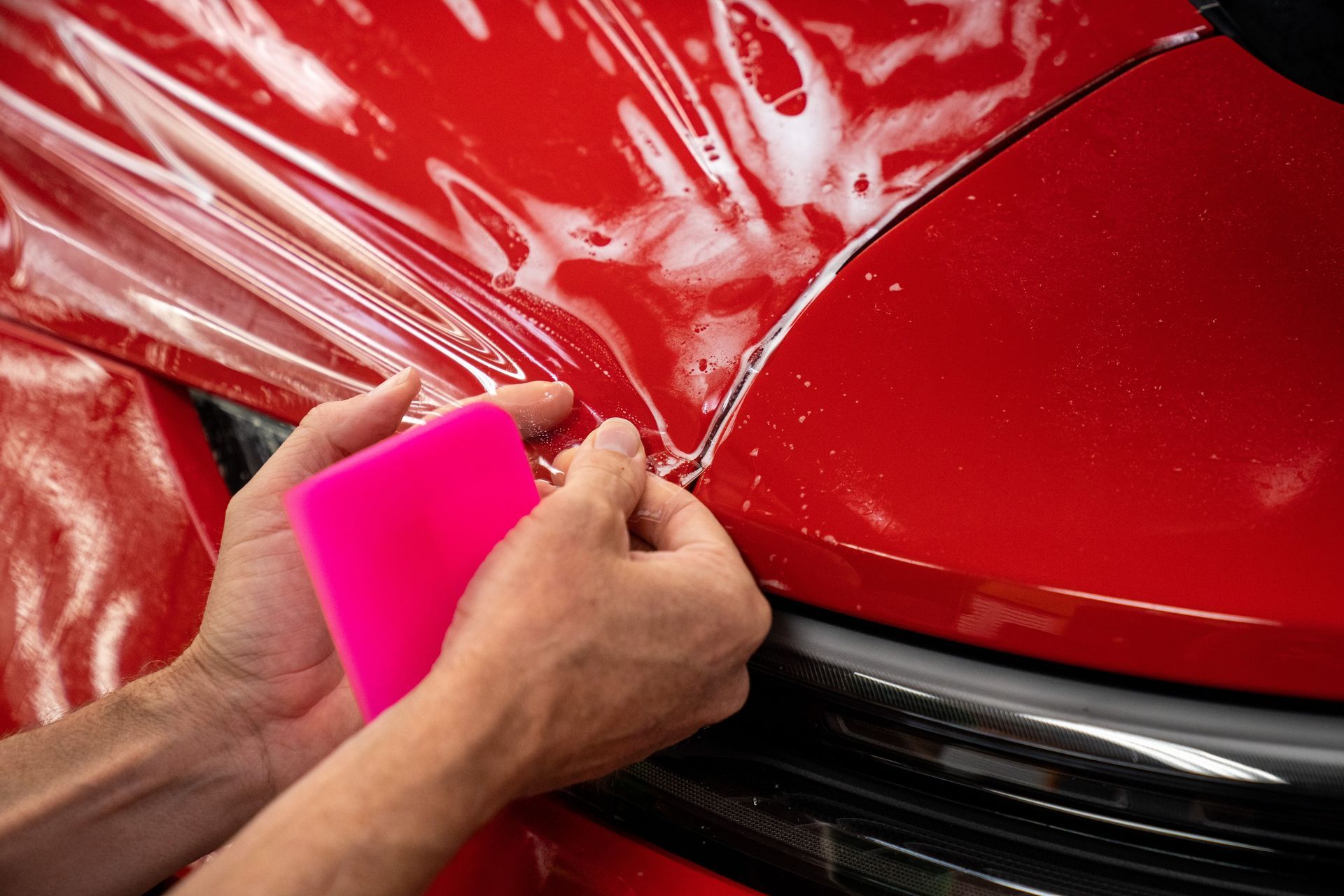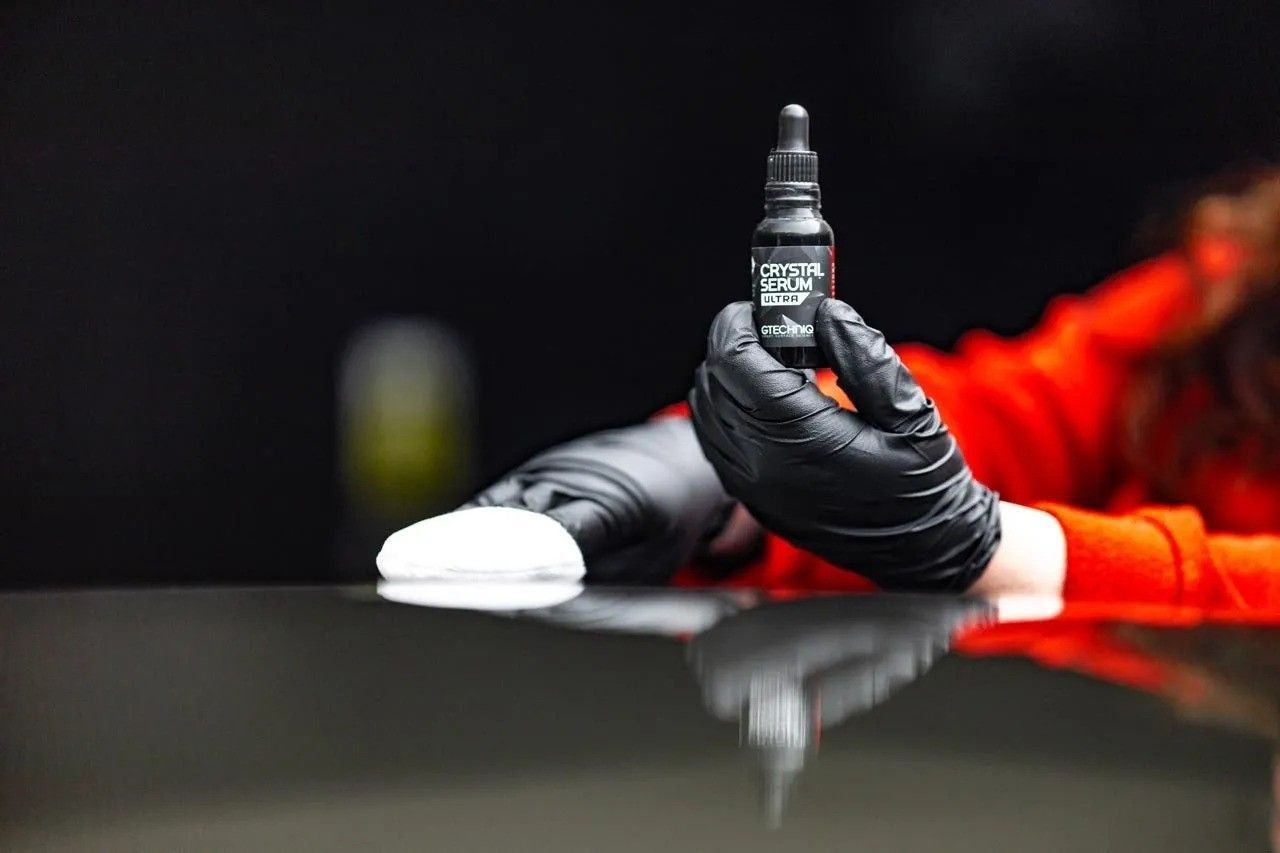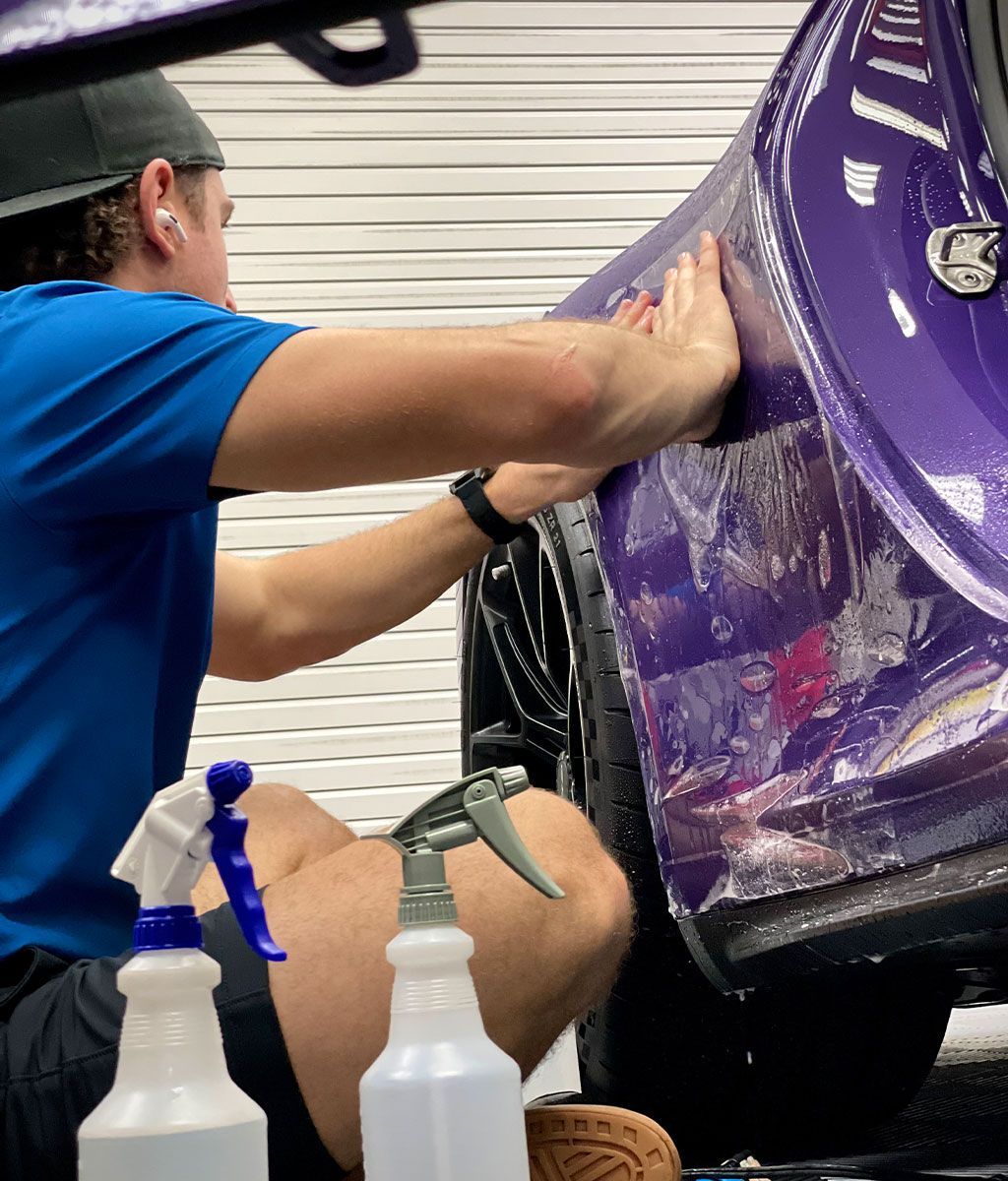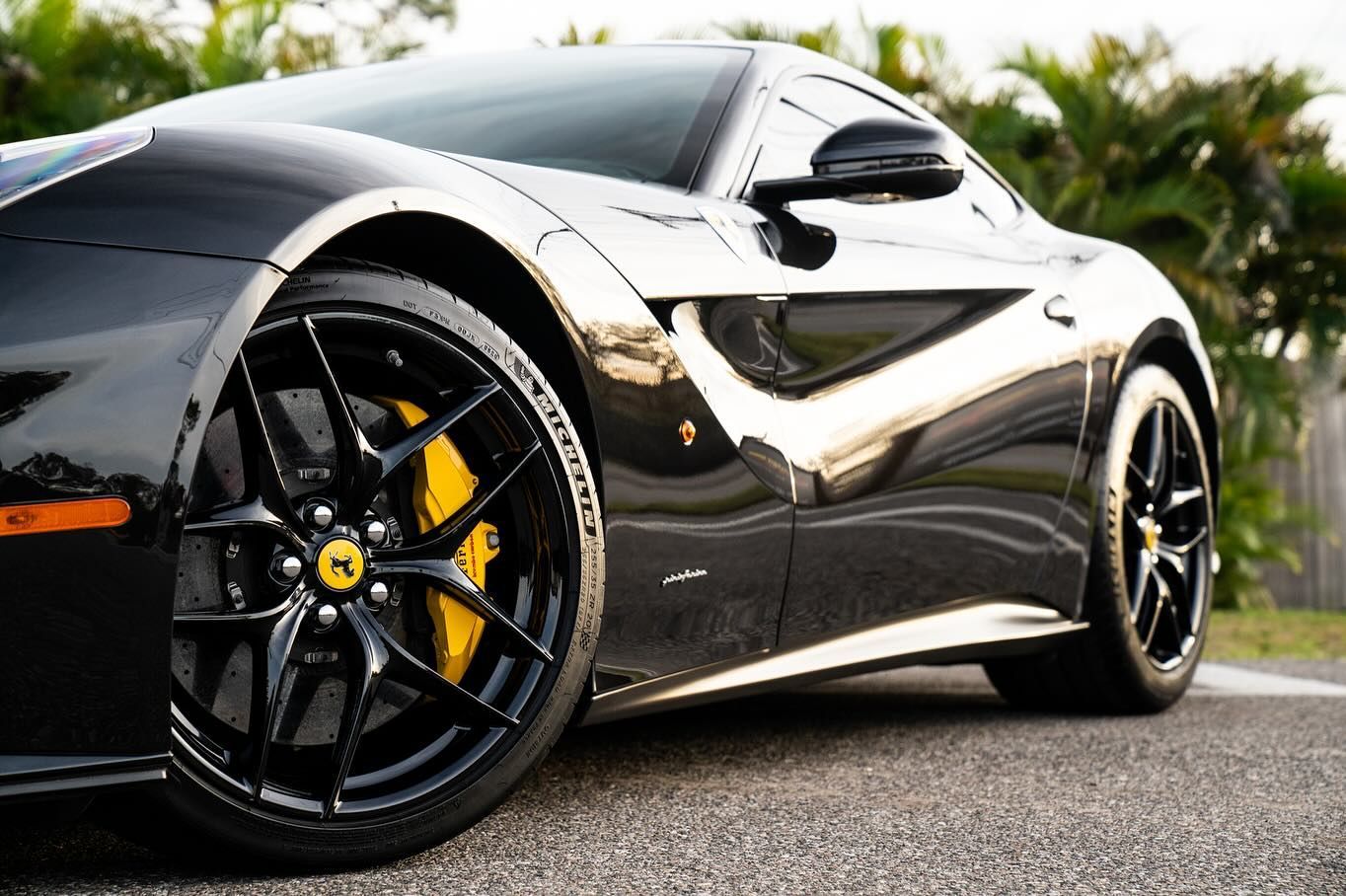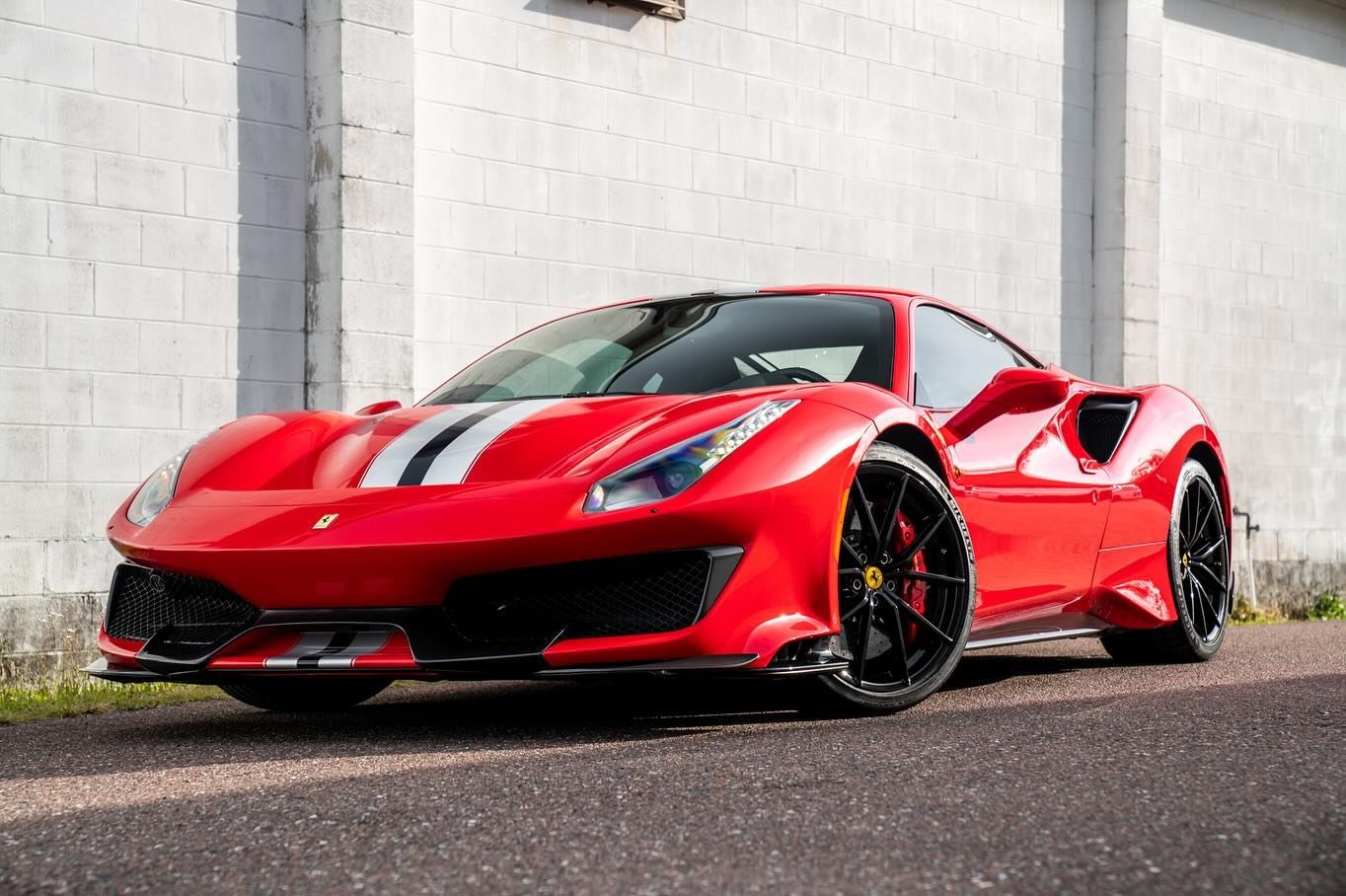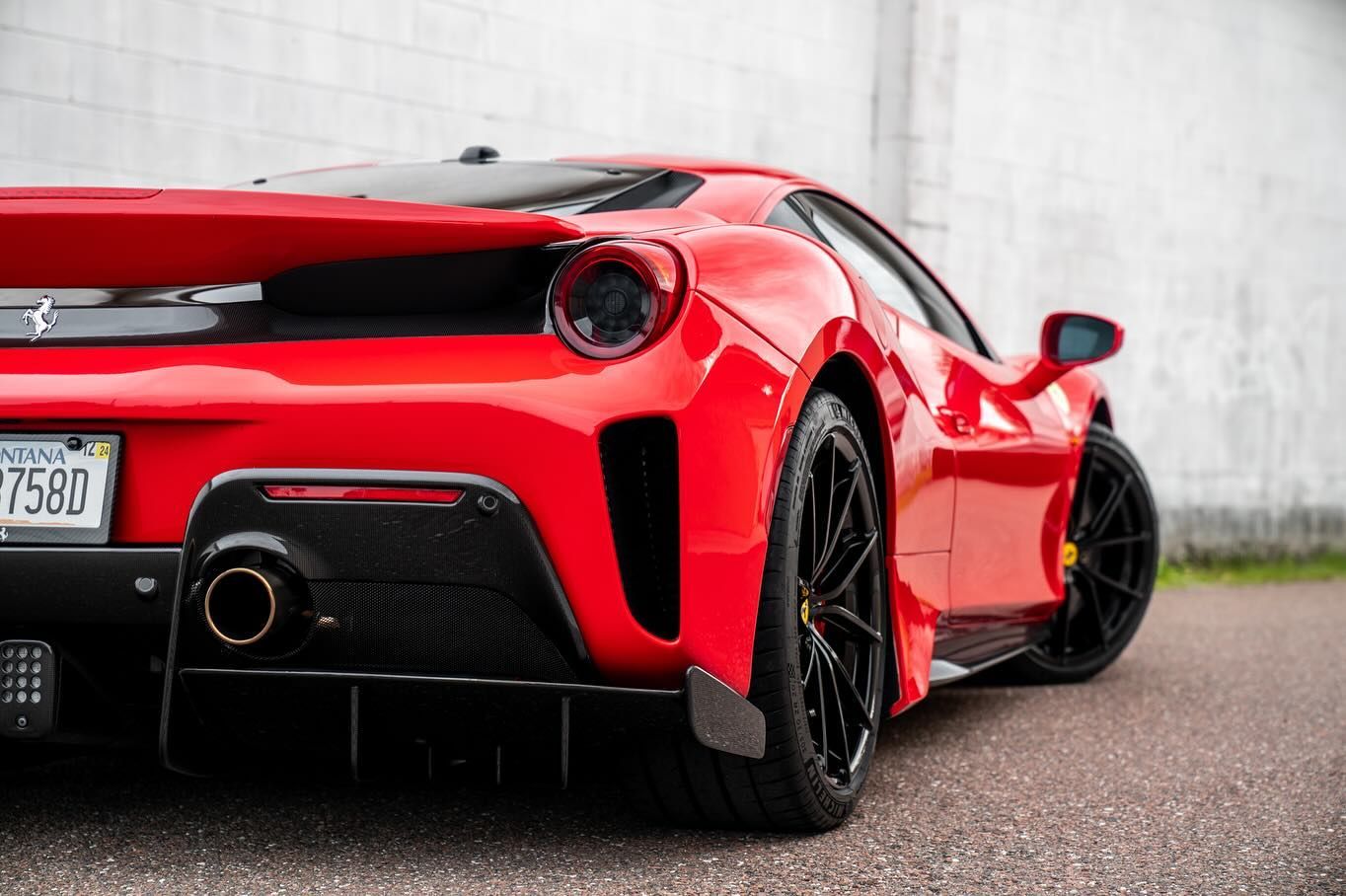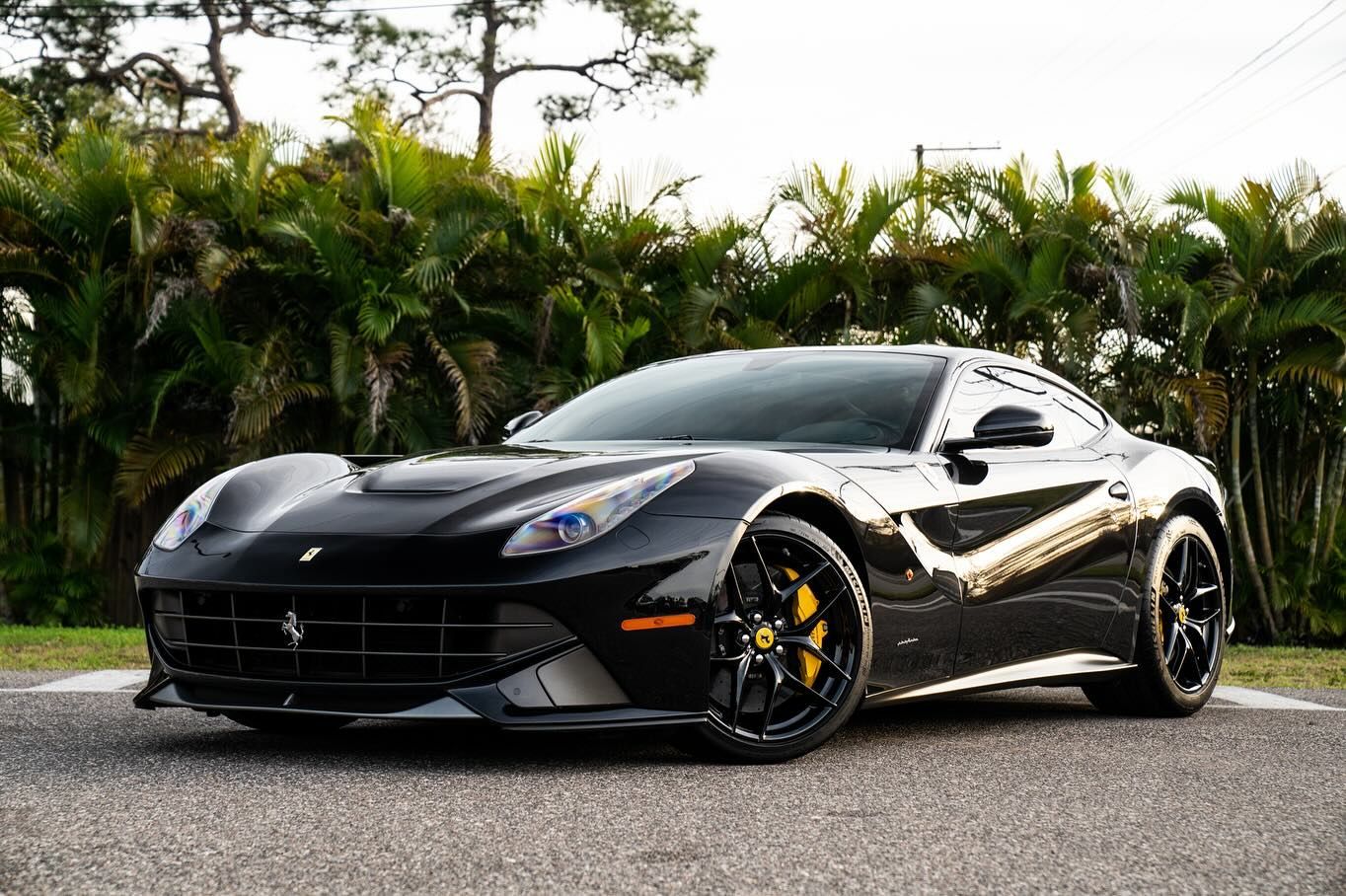The Top Benefits of PPF for Preserving Your Vehicle's Resale Value
CALL (813) 723-9679
GET A FREE ESTIMATEUsing paint protection film on your vehicle keeps the paintwork in superb condition. The transparent layer acts as a guardian, protecting against chips, scratches, and other damage from the environment. Imagine driving your car for years, and because of PPF, it looks almost as new as the day you bought it. Who wouldn't want to pay more for that? This leads us to explore what PPF actually is.
The use of a paint protection film or a clear bra acts as a shield, safeguarding the paint from swirl marks, small chips due to rocks or road debris, and maintaining the overall quality of your vehicle. Additionally, PPF enhances the vehicle's resale value by instilling confidence in potential buyers that they are investing in a well-cared-for vehicle. This protective layer also shields the original paintwork from environmental stressors without compromising its aesthetic appeal, further contributing to the preservation of the vehicle's resale value.
An Overview of Paint Protection Film for Vehicles
Paint protection film or PPF, does precisely what its name suggests: it protects your vehicle's paint. But it's more than just a layer; it's like a vigilant guard, standing between your car's surface and the harsh realities of the world. Think of it as invisible armor that shields your car from the myriad threats that come with everyday driving. This transparent layer isn't just a thin film you slap on and leave it at that. It is meticulously designed to resist chips, scratches, and environmental harm. It safeguards your beloved vehicle from the inevitable wear and tear that comes with traversing roads lined with stones and gravel. Whether it's an unexpected encounter with a flying pebble or an accidental brush with abrasive road debris, this protective film is there to thwart any assault on your car's paint.
An interesting feature of a clear bra is its self-healing capabilities. When minor scratches rear their heads, exposure to heat works like magic to make them disappear. It's almost like watching a small miracle unfold—seeing those blemishes vanish simply by basking in sunlight or exposure to hot water. By preserving the pristine appearance of your vehicle's paint for longer, PPF contributes significantly to maintaining its overall aesthetic appeal and value. As they say, "What meets the eye often defines our impression," and investing in PPF certainly leaves a lasting impression not just on the surface but also on the psyche of anyone who lays eyes on your meticulously maintained automobile. So, as we navigate this overview of PPF, remember that it's not merely about covering up imperfections or providing temporary protection. Rather, it's about preserving the essence of your vehicle while adding an enduring layer of safeguarding to ensure longevity.
The Distinct Advantages of PPF
Paint protection film offers a level of protection that surpasses other methods, making it an invaluable investment for your vehicle. Here are some key benefits:
- Unparalleled Preservation: One of the standout features of a paint protection film is its ability to provide superior protection to a vehicle's paint compared to other protective methods. It acts as a shield against chips, scratches, and the detrimental effects of environmental factors such as UV rays and road debris. This ensures that the aesthetics and integrity of the vehicle's paint are maintained over time. This means that whether you're driving through busy city streets or cruising on open highways, the film creates a protective layer between your car's paint and outside elements, absorbing the impact of small flying rocks and reducing the risk of chipping or scratching the paint. By safeguarding the original paintwork from environmental stressors like UV rays, acid rain, road salt, or bird droppings without compromising its aesthetic appeal, PPF provides comprehensive protection in various driving conditions.
- Retention Paint Quality: In addition to protecting the paint from physical damage, a paint protection film also helps retain the vibrancy and quality of the vehicle's paint job over time. It prevents fading, discoloration, and degradation of the paint due to prolonged exposure to environmental elements. By maintaining the original appearance of the paint, the paint protection film significantly contributes to enhancing the resale value of your vehicle. With PPF in place, your car's paint retains its shine and luster without succumbing to the damaging effects of UV rays. This preservation not only keeps your car looking great but also enhances its natural beauty and overall quality.
Investing in a clear bra enhances the vehicle’s resale value by instilling confidence in potential buyers that they are investing in a well-cared-for vehicle. It signifies attention to detail and care in vehicle ownership, making it an attractive proposition for those looking to purchase a used vehicle. Clearly, PPF boasts many advantages that go beyond just protecting your vehicle; it also acts as an assurance of longevity and quality, benefiting both your driving experience and potential resale value.
PPF's Role in Preserving Your Car's Value
When it comes to our vehicles, retaining their value over time is crucial. That's why investing in paint protection film proves to be a smart choice. PPF acts as a robust shield, safeguarding the paint from the impact of various environmental and road hazards and ultimately contributing to preserving the vehicle's resale value. The wear and tear that accumulates over time can significantly degrade the appeal and worth of a vehicle, but PPF plays a pivotal role in preventing such damage. The clear bra, as a protective layer, absorbs the impact of small flying rocks and reduces the risk of chipping or scratching the paint, maintaining its overall quality. When potential buyers see a car that has been protected by PPF, they are likely to be more confident in investing their money, knowing that the vehicle has been well-cared for and maintained meticulously.
It's essential to underscore that the proper installation of the film is imperative for reaping these benefits. Professional paint protection film installation ensures precise application, proper alignment, and minimal risk of errors. When considering PPF for your car, factors such as the level of protection required based on driving conditions, the visual clarity of the film, the warranty offered against yellowing or peeling, and adherence to dealer-approved manufacturing standards should all be carefully deliberated. Given this information, it's clear that investing in a clear bra is an efficient way of maintaining your vehicle's appearance and integrity while enhancing its resale value. By creating a protective layer between your car's paint and outside elements, PPF plays an essential role in preserving the investment you've made in your vehicle.
THE LONGEVITY AND DURABILITY OF PPF
Paint protection film (PPF) isn't just a quick fix—it's built to endure. Think of it as a robust shield for your car's paint, standing strong against the elements and the wear and tear of daily use. One of the key reasons many vehicle owners opt for PPF is its exceptional ability to withstand the toughest conditions while providing long-term protection.
When you invest in PPF, you're investing in a resilient layer that shields your car from the harmful effects of UV rays, moisture, road debris, and adverse weather conditions. The film acts as a barrier against stone chips, bug splatters, minor scratches, and more. This ensures that your car's paint stays as pristine as possible, maintaining its value and aesthetic appeal for an extended period of time. To put it into perspective, consider the impact of UV radiation on your car's exterior. Over time, exposure to sunlight can cause the paint to fade and lose its luster. However, with PPF in place, your vehicle is shielded from these damaging effects, preserving the vibrancy of the paint job for years to come. The film's resistance to yellowing ensures that your car looks as good as new, even after years of exposure to sunlight.
Additionally, a high-quality clear bra doesn't just provide passive protection; it actively contributes to preserving the resale value of your vehicle. By maintaining the appearance and integrity of your car's paintwork, this protection film helps ensure that your vehicle retains its value over time. This means that when it comes time to sell or trade in your car, potential buyers or dealers will appreciate the well-maintained condition of the paintwork, translating to a higher resale value. PPF's exceptional longevity and durability make it an invaluable investment for those looking to safeguard their vehicle's appearance and resale value.
The Professional PPF Installation Process: What to Expect
So, you've made an informed decision to invest in paint protection film for your vehicle, and now you're ready to take the next step—installation. But what can you expect from a professional PPF installation process?
Thorough Vehicle Preparation
Before the actual installation begins, the surface of your vehicle undergoes meticulous and thorough cleaning and inspection. This step is crucial because any existing damage or imperfections on the surface need to be addressed before applying the film. Any debris, dust, or contaminants present on the surface could affect the adhesion of the film, so it's crucial to ensure that the vehicle's surface is spotless. During this preparation process, professional installers at Presidential Automotive Detailing will carefully clean and inspect every inch of your vehicle's surface. They'll address any imperfections or blemishes that might hinder the proper adhesion of the film, ensuring that your vehicle is in prime condition to receive the protective PPF.
Professional Installation
The installation of PPF is a delicate and intricate process. While there are DIY kits available, they often fall short in comparison to a professional installation. Professional installers at Presidential Automotive Detailing have the expertise and tools required to ensure the precise application and alignment of the film. This ensures minimal risk of errors, providing the best possible protection for your vehicle's paint. Professional installations also come with added peace of mind, knowing that skilled professionals are handling your vehicle with care and precision. They have the experience to navigate around curves and tight edges without causing damage while maintaining a seamless finish across the entire vehicle.
Considerations for Selection
When choosing PPF for your vehicle, several factors come into play:
- Level of Protection: Consider the driving conditions your vehicle will encounter. For those subjected to harsher environments or road hazards, a higher level of protection may be needed.
- Visual Clarity: The clarity of the film is crucial, as it should maintain the aesthetic appeal of your vehicle while providing protection.
- Warranty: Look for films that come with a warranty against yellowing or peeling, ensuring long-term performance.
- Adherence to Standards: Opt for films that adhere to manufacturing standards, ensuring quality and reliability.
Understanding these aspects before diving into the installation process will help you make informed decisions and ensure optimal performance and protection for your vehicle's paint.
Premier Paint Protection Film Installation Services in Tampa, FL
Revitalize your vehicle's allure with Presidential Automotive Detailing, your go-to destination for unparalleled automotive care in Tampa, FL. Elevate your car's protection and aesthetic appeal with our top-tier paint protection film installation services. Our skilled technicians at Presidential Automotive Detailing employ cutting-edge techniques and premium materials to ensure your vehicle's finish is shielded from road debris, stone chips, and harsh weather conditions. Don't compromise on the integrity of your automobile's exterior—trust the experts at Presidential Automotive Detailing to provide the ultimate PPF installation experience. Preserve your investment and enjoy a stunning, well-protected vehicle that stands out on the Tampa streets. Schedule your appointment today or call us at
(813) 723-9679 and let us bring out the presidential treatment for your car!
